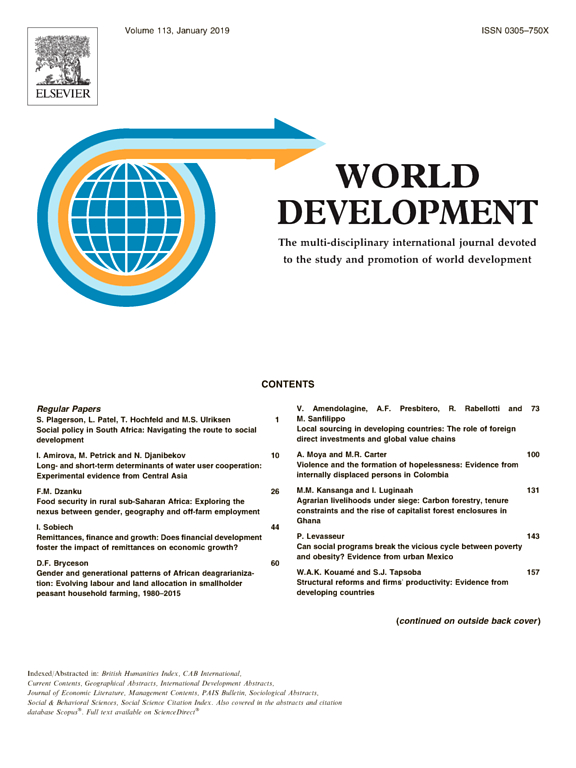Human use of the land and oceans is at the center of some of the most complicated and pressing problems faced by policy makers around the world today (e.g., DeFries et al. 2004b; Platt 2004; Millennium Ecosystem Assessment 2005). For the terrestrial biosphere, our need to balance current human needs and longer-term environmental sustainability often involves consideration of the way we use ecosystem goods and services produced by the land. Land-use is at the center of these trade-offs because changes in land use often enhance the share of energy, water and nutrients devoted to human needs but decrease the share available for other species and ecosystem functions. Problems as far ranging as improving human health or ensuring adequate food production cannot be solved unless policy makers understand how their policies alter land use and how altered land use affects ecosystem functions. For example, public health policy that adequately accounts for the future spread of mosquitoes that carry Plasmodium or malaria in the tropics often requires an understanding of the interplay between land use and climate (Lines 1995) (see Chap. 4). In China, agricultural policy makers are using a recent assessment of cropland area to create policies that ensure there will be enough land to meet China’s rapidly growing demand for food, feedgrains, and raw materials that is driven by rapid economic growth (Welch and Pannell 1982; Yang and Li 2000; Ho and Lin 2004; Lin and Ho 2005), although it is not clear that other ecosystem services will be maintained in this process.
DOI:
https://doi.org/10.1007/3-540-32202-7
Altmetric score:
Dimensions Citation Count:























